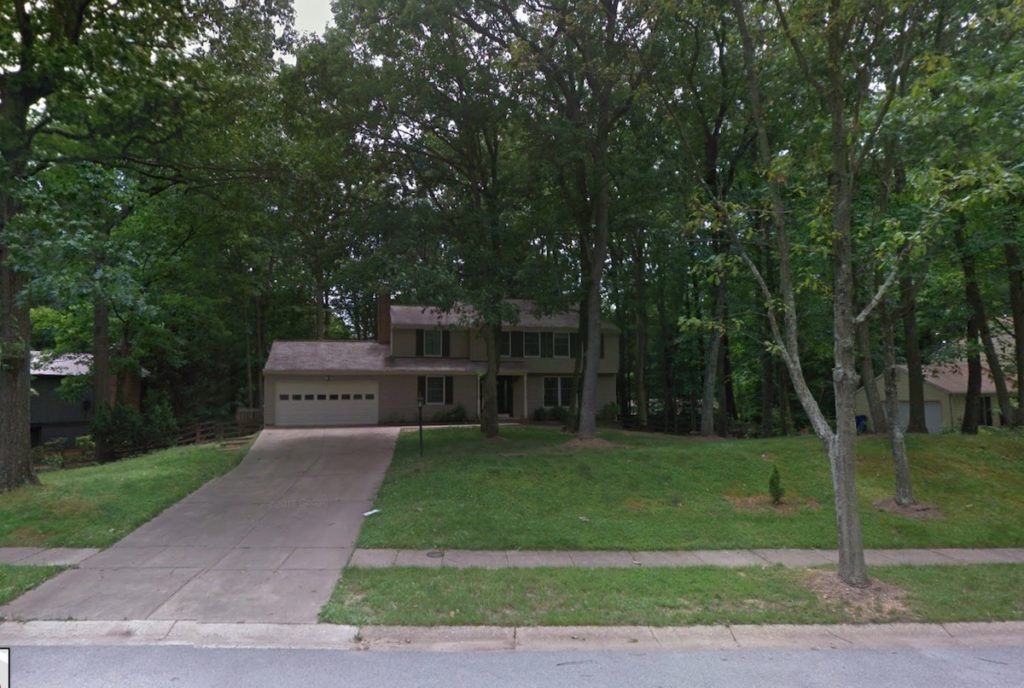Hey! Although it’s approaching my bedtime, I took a nap today, so I’m not especially tired, and this post shouldn’t be about how much I wish I were sleeping.
I want to build something new, and rather than tell you what it is, I think the best thing is to write about the principles behind it. If I can establish a better understanding of this topic, than I can use that to build it.
When it comes to poetry, there are many established ways to stylize a passage. Perhaps the most obvious one is rhyming. There are two categories of rhyming that I’ll cover today: true rhyming and slant rhyming.
According to the free dictionary, true rhymes are: “rhyme[s] in which the final accented vowel and all succeeding consonants or syllables are identical, while the preceding consonants are different.” Examples would be dutiful and beautiful, or slippery and chicory.
A slant rhyme, according to dictionary.com, is “when the vowels or the consonant[ sounds] of a stressed syllable are identical”, but not both. Examples include park and parse or hearse and church. There are two subcategories under slant rhymes, assonance and consonance. Assonance is the rhyming of vowel sounds (e.g. gray and fade), and consonance is the rhyming of the consonant sounds (e.g. pit and pat).
There are more ways to rhyme (homonyms, eye rhymes, and identical rhymes) but these are the two which interest me right now as they’re a bit harder to achieve and they sound better in the ear.



